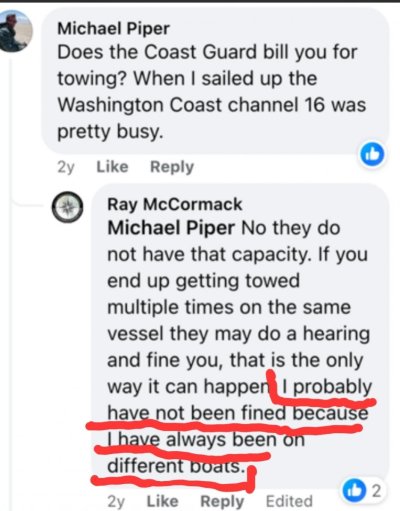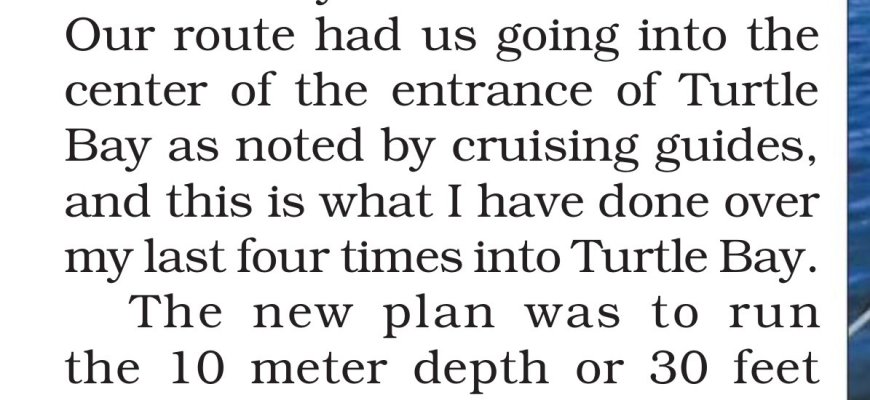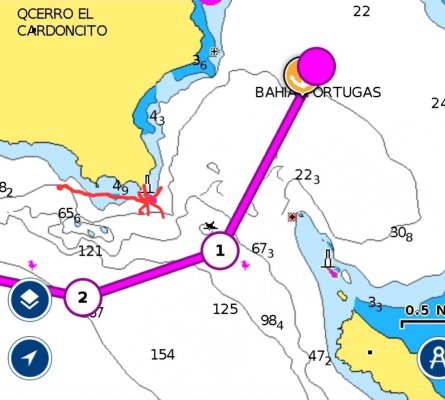Not to veer off-topic too far here, but the discussion of fuel bladders for a long ocean passage in a small boat makes me think about the possible chain of failures...
When Dirona(Hamiltons) crossed the Atlantic they used bladders. One or two bladders where in the cockpit...
They were traveling across the north Atlantic and got hit by a storm which put water in the cockpit. Normally, this was not an issue...
But with the bladder(s) in the cockpit, the water was at a higher level than usual because of the volume of space taken up by the bladder(s). They also had problem with opening the cockpit door. I can't remember if they could not get out or it was just difficult to open the door... Maybe it was with the high water in the cockpit, due to the bladders, opening the door would have let in water.

Anywho the bladders caused an issue with the door...
The boarding seas were putting water at a higher level in the cockpit due to the bladders, water stared to fill the engine room and Dirona started setting off alarms.

Course this all happened early in the morning.

The problem turned to be a pipe that was in a cockpit locker than was and inch or two above the cockpit deck. The pipe was used for cable access from engine room to the cockpit locker. The pipe was not water proof and the bladders displaced water at a higher level than usual in the cockpit locker which allowed water in to the engine room...
James was able to plug up the pipe and slow down water ingress and the bilge pumps removed the water but I seem to remember they had issues with a bilge pump that had to be resolved but maybe my memory is wrong on that point.
So, the use of the bladders caused engine room flooding in an unexpected way and very well could have caused the loss of the boat and crew if a few more links in the chain of events had occurred. The sea found a build failure in the boat, a weakness that had never been in a problem in the past, but a weakness exposed by the bladder(s).
One thinks the bladders will cause stability, and maybe spill issues, but bladders causing flooding would have not been on my risk list.






